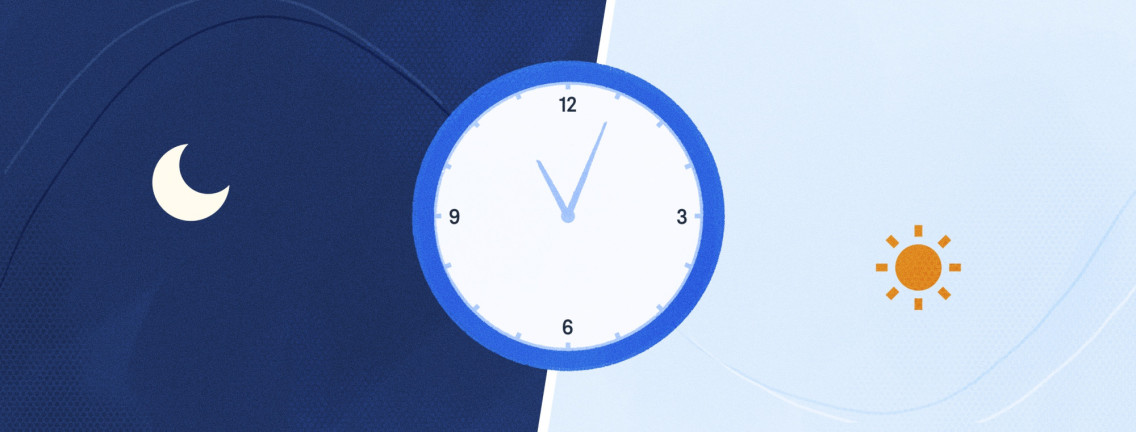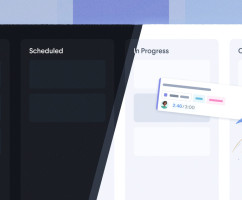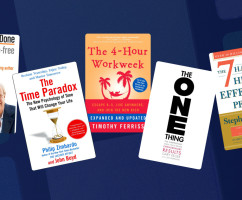It’s 11 am, and something just feels good about getting that hunk of work done this morning. It might have taken a couple of hours to get ‘into the zone’, but it feels good now. Two hours later, you’ve just done your best work all week and knocked out that research paper, or written that blog post, or designed that new logo.
What has just happened? It’s called getting into your Circadian Rhythm.
What is Circadian Rhythm?
The term originally comes from the Latin “circa diem”, which literally means “about a day”. There has been an enormous amount of study on the subject, particularly with a focus on sleep disorders and shift work, even NASA has done its own studies on it in space!
From the NIGMS:
Circadian rhythms are physical, mental, and behavioral changes that follow a 24-hour cycle.
Your body is naturally engineered to follow the movement of the Earth as it rotates on its axis. Our biological clocks regulate the cycle of circadian rhythms with specific molecules (proteins) that interact with cells throughout the body. This is all controlled by two clusters of nerve cells called the suprachiasmatic nuclei (SCN), which are located in a region at the base of the brain called the anterior hypothalamus.
We are all probably aware of the day-night cycle and how important it is to get good rest, and how things like jet lag and looking at screens at night can affect that cycle. This natural process is so important for regulating many aspects of our bodies such as digestion, hormone release, eating habits, and body temperature.
Enough Science, What About Productivity?
OK, so if this is a real thing, how can we tap into it and use it to our productivity advantage, besides knowing when to open a bag of potato chips?
The circadian rhythm keeps on flowing while we are sleeping and continues as we wake up and get into the day. But it is a flow, and like a chart on a graph, it oscillates with a high and a low. So there will be a time in the day when you are most attentive and a time when you are the least. Most people have the same natural flow, but everyone is different and it can vary.
When is the Most Productive Time of Day?
Studies have been done on what time of day people complete the most amount of tasks and 11am has been shown to be the most productive time of the day for most people. That means that if you are blocking time for your tasks you would probably want to be thinking about scheduling your most important tasks within the 10 am to 1 pm time window.
What happens after is usually a drop in attentiveness after lunch, which continues throughout the afternoon, with some people getting a spike of attentiveness again in the late afternoon or evening.
However, it’s not just about knowing that 11 am is the most productive hour for most people, there are other things we should consider.
Peak Performance Window and Task Prioritization
We recently wrote a blog post about utilizing the LNO Framework to help with prioritizing tasks. When combining a task prioritization method with knowing when your peak performance window is, you are on the road to becoming a productivity master.
In our post we discussed how “all tasks are not created equal”, therefore when you are planning the tasks for your week you should think about placing your Leverage tasks (your most valuable tasks) within your peak performance window, and other tasks afterward.
If you find that you do in fact get another pop in productivity based on your cycle, (e.g. at 5 pm), then consider planning more Leverage tasks later on in the day, but be careful because it most likely won’t be your peak performance.
Keep Your Time Window Short
When you are planning how long to spend on a task, it’s worth knowing that studies have been done that show 90 minutes is the best amount of time to allocate for maximum productivity, with a 20-30 minute break afterward. Therefore when you are planning your tasks for your peak productivity window, make sure you don’t allocate more than two hours or you will find your attentiveness drops off towards the end of that time period as your cycle moves to the lows of the day.
Minimize the Noise
If you’ve found out when your peak performance window is based on when you crank out your best work, then make sure you keep those few hours sacred, where nothing else matters and no one can distract you. Put your DND mode on, put your phone in a different room, close the door and perhaps even do a quick meditation beforehand to get your mind in focus and minimize the internal noise.
We hope that you will learn what your own rhythm looks like, and can utilize this knowledge along with the many methods of optimum task management discussed on our blog. Our goal is to help you make the most out of the hours in your workday and this is just another great trick to learn to help you achieve that.
Updated October 17, 2022 in Tips & Tricks






